Derrick Pitts, Hon.D
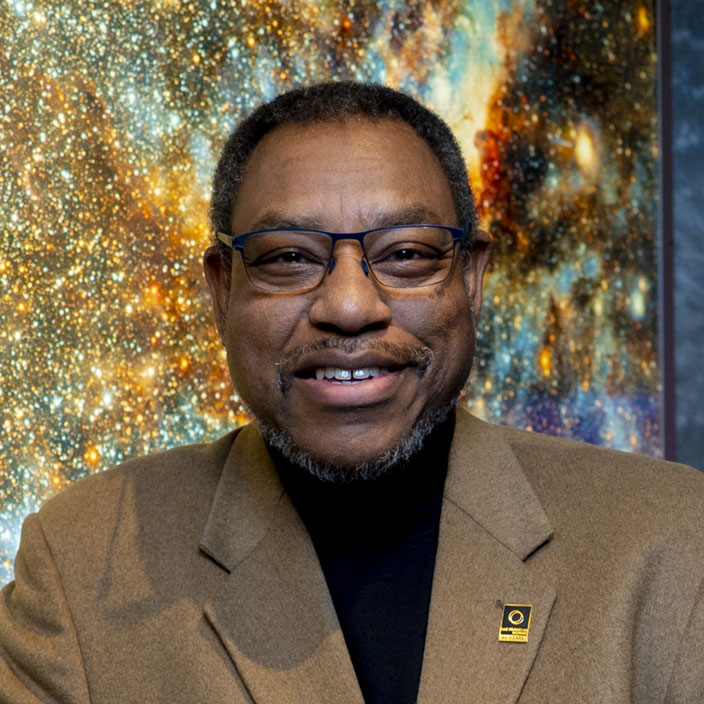
Derrick Pitts, Hon.D
For many Philadelphians, Derrick Pitts is The Franklin Institute. Since 1978, Derrick has been teaching us to look up—and to wonder about what we see up there.

We all know that Derrick is an excellent “teacher.” What’s made him famous in Philadelphia is his ability to help everyone appreciate the universe as he sees it—not a watered-down sketch of the universe, but a rich, deep, complex version with human connections that everyone can understand at some level.
Derrick is currently the Chief Astronomer and Director of the Fels Planetarium at The Franklin Institute. He’s also been a NASA Solar System Ambassador since 2009 and serves as the “Astrobiology Ambassador” for the NASA/MIRS/UNCF Special Program Corporation’s Astrobiology Partnership Program. One of his newest honors is an appointment to the outreach advisory board for the world’s largest telescope, the new Thirty-Meter-Telescope at Mauna Kea in Hawaii.
He appears regularly in the media as a science content expert including appearances on the “Colbert Report” on Comedy Central and “The Late, Late Show with Craig Ferguson” on CBS. For more than two decades, Derrick has hosted award-winning astronomy radio programs for Philadelphia’s two public radio stations and created signature astronomy television programming for PBS. One of the highlights of Derrick’s career was meeting President Obama and his family when he was invited to participate in the first-ever White House Star Party.
Derrick has received numerous awards including an honorary Doctor of Science Degree from La Salle University, and serves on the Board of Trustees for his alma mater St. Lawrence University. His twitter handle is @CoolAstronomer and his motto is “Eat, breathe, do science. Sleep later.”
Recent Blogs by Author

October 2025 Supermoon Explained
If you’re looking to up your minimum monthly requirement of lunar light, tonight’s the night to get a full charge. This month’s full moon occurs Oct. 6 at 11:48p ET. More importantly, it occurs at this month’s lunar perigee, creating an instance of ‘super moon’.
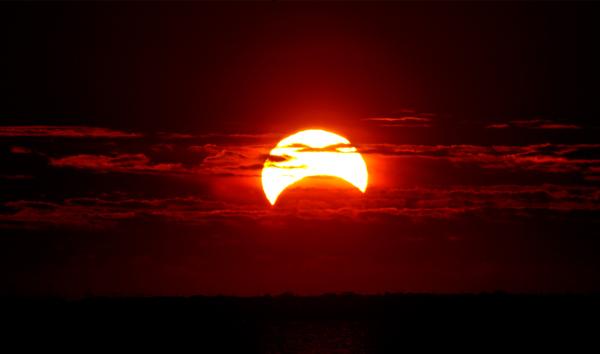
All About Solar Eclipses
Often described as the most spectacular astronomical event to be seen from Earth, I recommend that no human should leave the planet without seeing a solar eclipse. Mabel Loomis Todd, an avid eclipse chaser in the 19th century, said this after witnessing the May 28, 1900 total solar eclipse at Tripoli, North Africa:
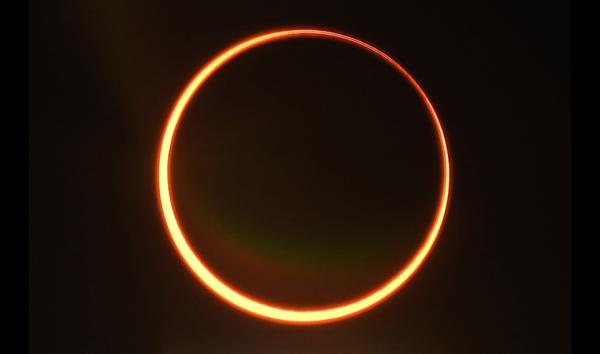
10 Great Websites on the 2023 and 2024 Solar Eclipses
Looking for more information about the upcoming solar eclipse?
Here’s a list TFI Chief Astronomer Derrick Pitts’ favorite sites. From maps to live streams, weather info and video, we've rounded up all the information you need to plan a great viewing experience for this year's partial annular eclipse and the total solar eclipse coming up next April. Still can’t find what you want to know? Send a tweet to @CoolAstronomer!
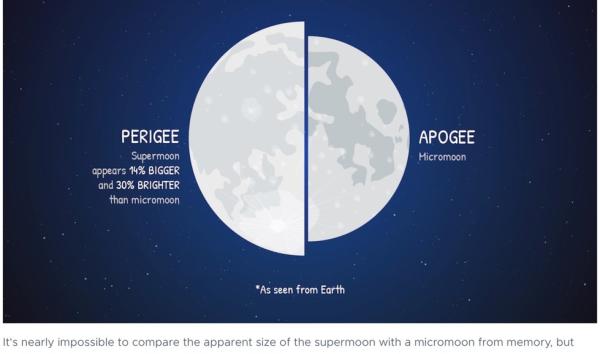
How to Measure a Supermoon
If you’re looking to up your dose of lunar light, tomorrow's the night to get a full charge. The next full moon occurs August 30 at 9:36pm ET. More importantly, it occurs on the day of this year’s penultimate Supermoon, a full moon that occurs during perigee -- when the moon is closest to earth in its monthly orbit. It's also the second full moon this month, making it a "blue moon." I guess we can call it a Super Blue Moon!
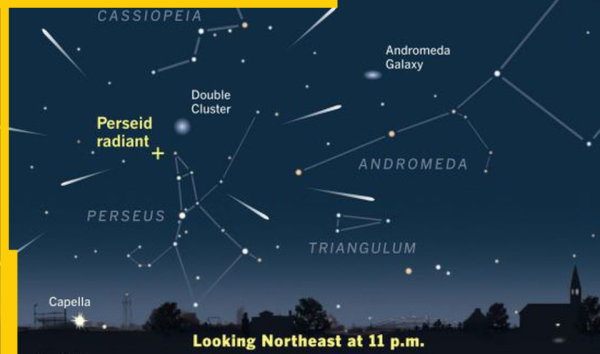
Summer’s Best Meteors – The Perseids, 2022!
The summer’s premiere astronomical event, the Perseid meteor shower, runs from late July through late August, peaking around mid-August. Meteors are sand-grained-sized particles of space rock typically “melted” out of the icy nucleus of a comet. The melting occurs when the comet passes near the sun during its orbit around the solar system. The meteors are usually distributed along the orbital path of the comet and fall into the Earth’s atmosphere when we pass through the comet’s path. The comet associated with the Perseids is Comet Swift-Tuttle, first identified in 1862.
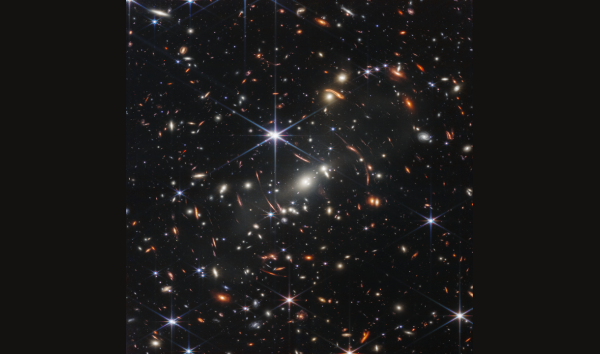
How to Read the First James Webb Space Telescope Image
Image source: NASA, ESA, CSA, STScI
This first image from James Webb Space Telescope was released July 11. The Webb science and engineering team was recognized for extraordinary work but not much was said about the image itself, except that it shows some of the oldest light ever seen by humans. Let’s go further toward understanding what the image actually shows. Here’s how to interpret this first JWST ultra-deep field image:
What we see at first glance are bright stars, some small spiral galaxies, and lots of smaller blobs ranging in color from tan to red.

